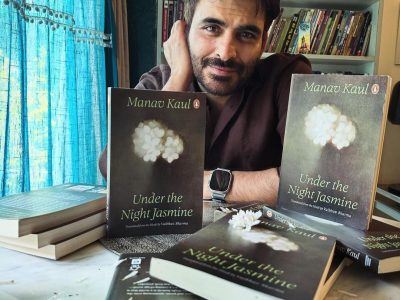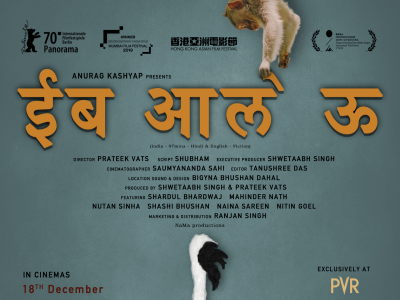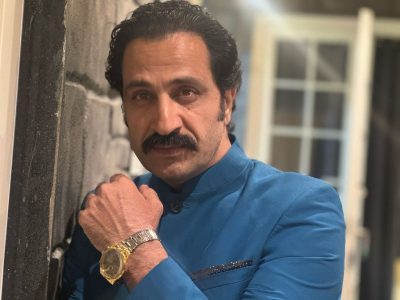Bollywood’s depiction of female sexuality onscreen is getting bigger and better, but we still have a long way to go
A married professor in her early 30s, embarks on a sexual adventure with her 21-year-old student. A maid shares a sexual relationship with her master, who is about to get married. A middle-aged woman is having an affair with her husband’s best friend. And a newly married girl tries to seek pleasure using a vibrator because her husband fails to satisfy her in bed. All these stories form the subject of the Netflix original series Lust Stories, which was 2018’s most celebrated film exploring female sexuality — a topic which is often not spoken about in the open.
Deepa Mehta’s Fire (1996) – a pathbreaking film which explored homosexuality in a traditional household — was one of the earliest films which dared to portray women’s desires on-screen. Naturally, it had to face the wrath of public and is even banned in India. After 21 years, Alankar Srivastava’s Lipstick Under My Burkha (2017) was released. The film also showcased women’s desires – be it sexual or otherwise. Unfortunately, it seems that even after two decades our society’s mindset was not fully free from taboos surrounding female sexuality as this movie too, had a tough time getting cleared by CBFC, and many orthodox minds criticised the film as well.
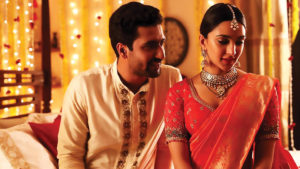
But apart from these, there were several memorable films that Bollywood produced on this subject. Leena Yadav’s Parched (2015) revolved around the lives of rural women and their sexual desires. The film got into various controversies, but at the same time was critically acclaimed. Actor Radhika Apte’s nude scene from the film was leaked and the video went viral. The same year, Pan Nalin’s Angry Indian Godesses (2015) released. But the film did not receive much appraisal because audiences found it too ‘in-your-face’. Some film critics have even gone to the extent of calling it the ‘Indian version of Sex and the City.’
Lust Stories — the most talked about Indian Netflix original this year — is a four-segment anthology directed by prominent filmmakers Anurag Kashyap, Zoya Akhtar, Dibakar Banerjee and Karan Johar. From the very beginning, the film drew a lot of attention —especially for a scene which showed actor Kiara Advani having an orgasm using a vibrator. This was considered a bold and a revolutionary one — as no other Indian film or series has depicted any such scene before.
This scene was part of Karan Johar’s tale — which revolves around a newlywed couple — where the man is not able to satisfy his wife, and is totally unaware of it. On talking about this topic, Johar once said in an interview with Film Companion, “Pleasure is not just a male prerogative and has to be a two-way street. It is also a prerogative of the woman in her sexual dynamic with a man. But this concept is not addressed.” He also said that this issue is relevant, and even intelligent, educated women go through this. Actor Kiara Advani (who plays the protagonist Megha in Johar’s film) seconds this view. In an interview with Bollywood Hungama, she says “Not only in small towns, but maybe there are men like this everywhere.”
All four stories boast strong female characters. In her review of Lust Stories, film critic Anupama Chopra says, “Women in the anthology are glorious. They play nuanced characters that refuse to follow the rules.” Truly, this series gave a new meaning to women and their sexual desires. Though it may not be the first of its kind, but it definitely approaches the subject head-on, unabashedly.
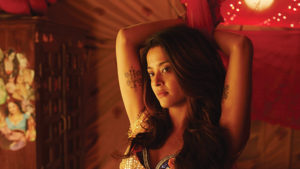
With changing times, even mainstream Bollywood cinema has undergone a sea of change when it comes to dealing with the subject of women’s sexuality. Initially, women were portrayed as objects of desire, who always shied away from getting ‘intimate’ with the ‘hero’. It was always the hero who tried to ‘seduce’ or take the first initiative. But then came films like these, which gave expression to a woman’s suppressed desires.
Rani Mukherjee’s Aiyyaa (2012) — a film which went almost unnoticed — was actually quite a progressive film which showed a ‘woman chasing a man’ — a rare sight in Bollywood films. It also had a scene where the protagonist Meenakshi (the character played by Rani Mukherjee) is seen disappointed by his fiancée’s ‘unattractive’ body and often fantasises about an attractive man she barely knows.
Many other mainstream Bollywood films had female characters who were seen openly expressing their desires and exploring their sexuality.
Margarita with a Straw (2014) — starring Kalki Koechlin — is a film that revolves around the life of a rebellious young woman with cerebral palsy. Not only is the film about how a person with disability can also have a normal life and has the right to dream, but it also showcased how the girl embarks on sexual encounters and is unafraid about new experiences.
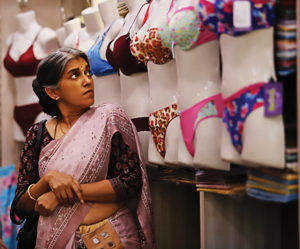
But even after such progressive stories in Indian cinema, can we really say we are a country where female desires are not repressed but talked about openly? The latest controversy surrounding Veere Di Wedding has a different story to tell. The film has a scene where actor Swara Bhaskar’s character is seen masturbating. This not only created controversy, but many people shamed Swara. This definitely tells us that we have a long way to go when it comes to accepting women’s sexuality. Till then, we can take one baby step at a time, with more films like Lipstick Under my Burkha, more characters like Megha and more filmmakers like Deepa Mehta — and we’ll definitely get there!


